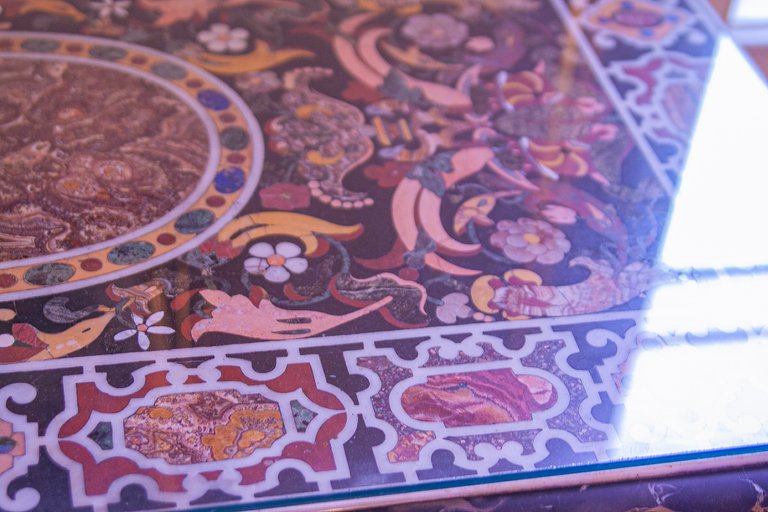
Hello to all my readers! As I promised, today I have a unique selection of photos from the Hermitage. I present to your court pictures of objects made in the technique of Florentine mosaic.
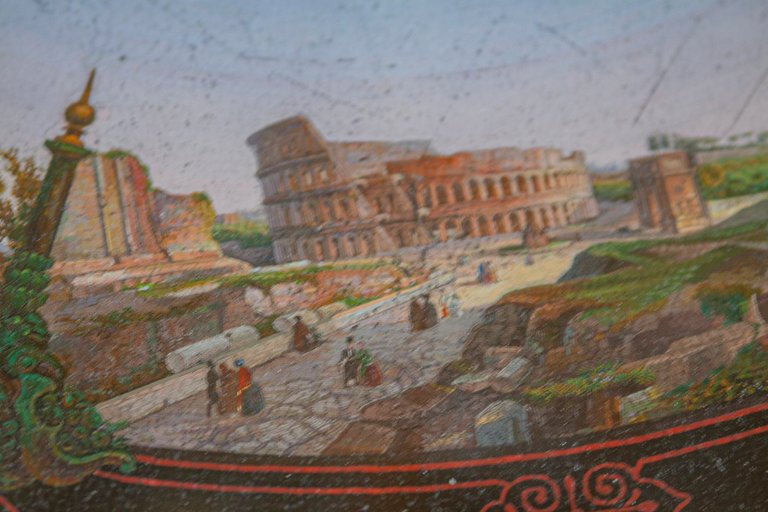
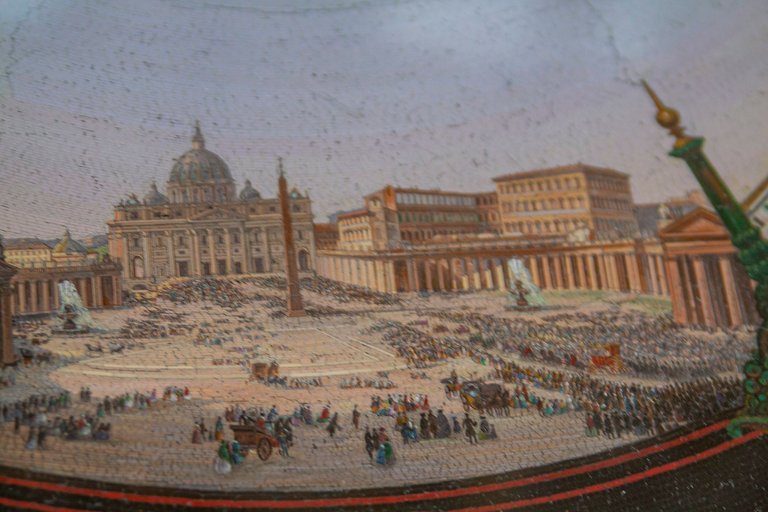
HELP FROM THE WEB: In the heart of St. Petersburg, on the banks of the Neva River, there is one of the most famous museums in the world, the Hermitage. The Hermitage collection originates from the collection of paintings by Catherine the Great. Over time, antique sculptures, porcelain tableware, and jewelry made of precious stones appeared in the collection. All Russian emperors paid great attention to his collection. In 1852, it was decided to open the Hermitage to the public. Since that time, everyone can admire the amazing exhibits.
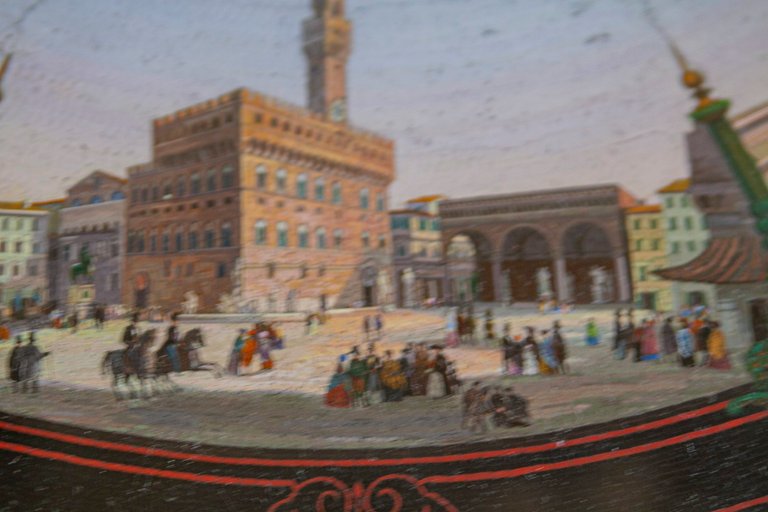
If anyone does not know the history of the Florentine mosaic panels, then I will briefly tell you. Since the Middle Ages, there have been many workshops in Italy that processed multicolored stones, making up all kinds of decorative products from them.

Later, a whole school was formed in Florence, which brought such art to maximum perfection. To create art panels, the masters used natural and artificial stone, decorating their products with incredibly small pieces.
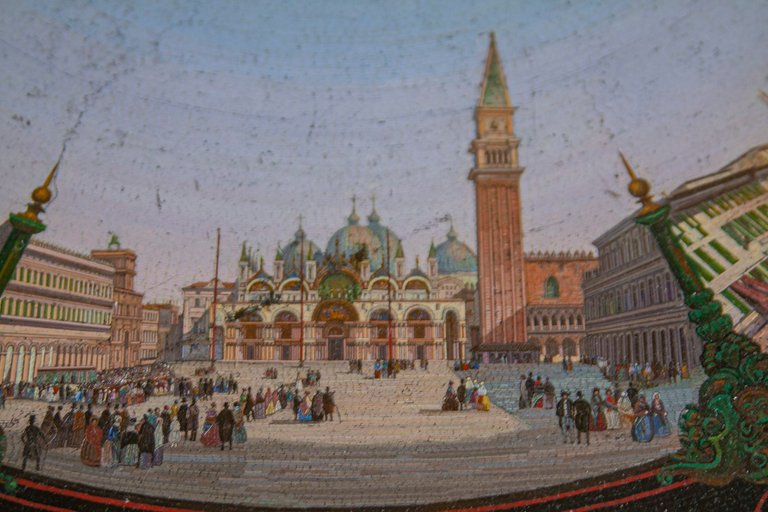
The works of the Florentines were so skilful that with insufficient good eyesight, the viewer could sometimes have the feeling that the panels were made in the technique of oil painting.
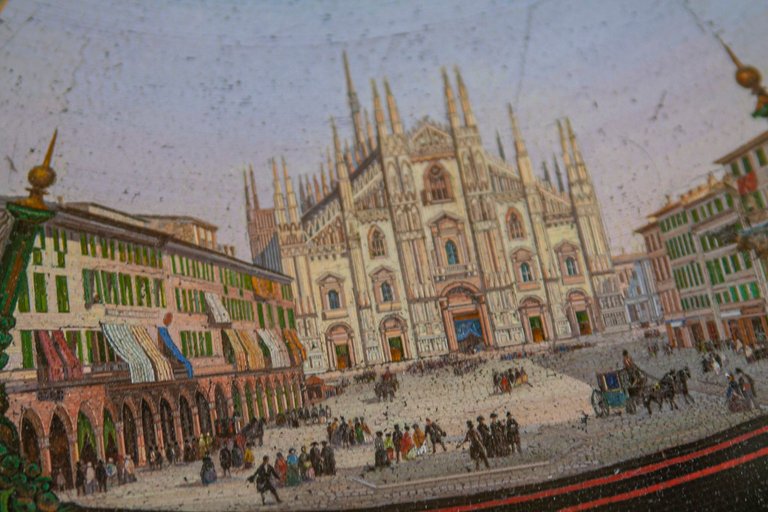
After the painting of small stones was typed and fixed on an alabaster or cement base, the entire surface of the panel was polished clean. Then such panels were inserted either into countertops, or into elements of room decor, fireplaces, and so on.

In the Hermitage there are about 12-15 tables and a number of different other products made in the technique of Florentine mosaic. To my joy (as I had previously silently dreamed about it) everything (or almost everything) the tables were now displayed in one large hall, where they perfectly fit their style.
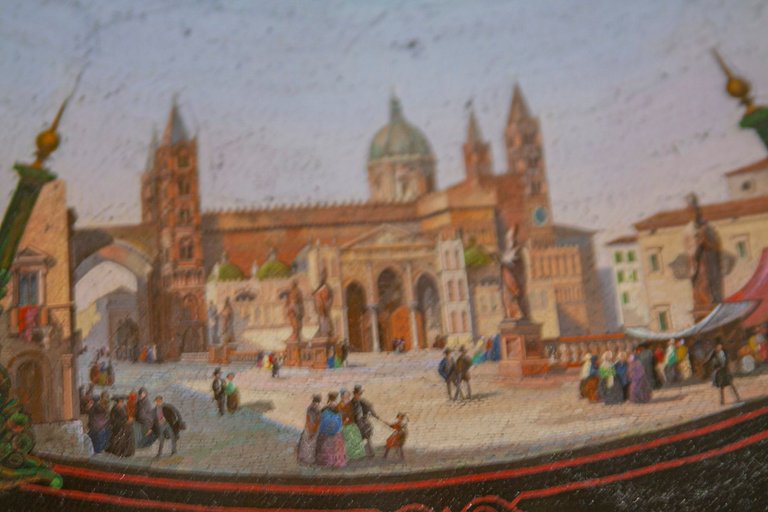
Unfortunately, not all the pictures of countertops and panels came out sharp. The reason for this is insufficient lighting in the room, and the aperture of my lens is too wide. However, even in these photos you can see the stunning detail of Florentine tables and panels.
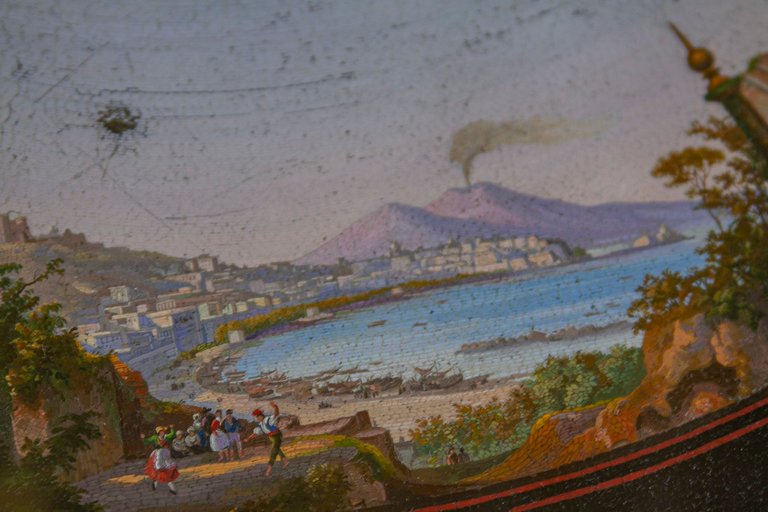
That's all I have for you today. See you tomorrow, I will continue to tell you about my impressions of the tour of the St. Petersburg Hermitage. Bye everyone!


Привет всем моим читателям! Как я и обещал, сегодня у меня уникальная подборка фотографий из Эрмитажа. Я представляю на ваш суд снимки предметов, выполненных в технике Флорентийской мозаики.
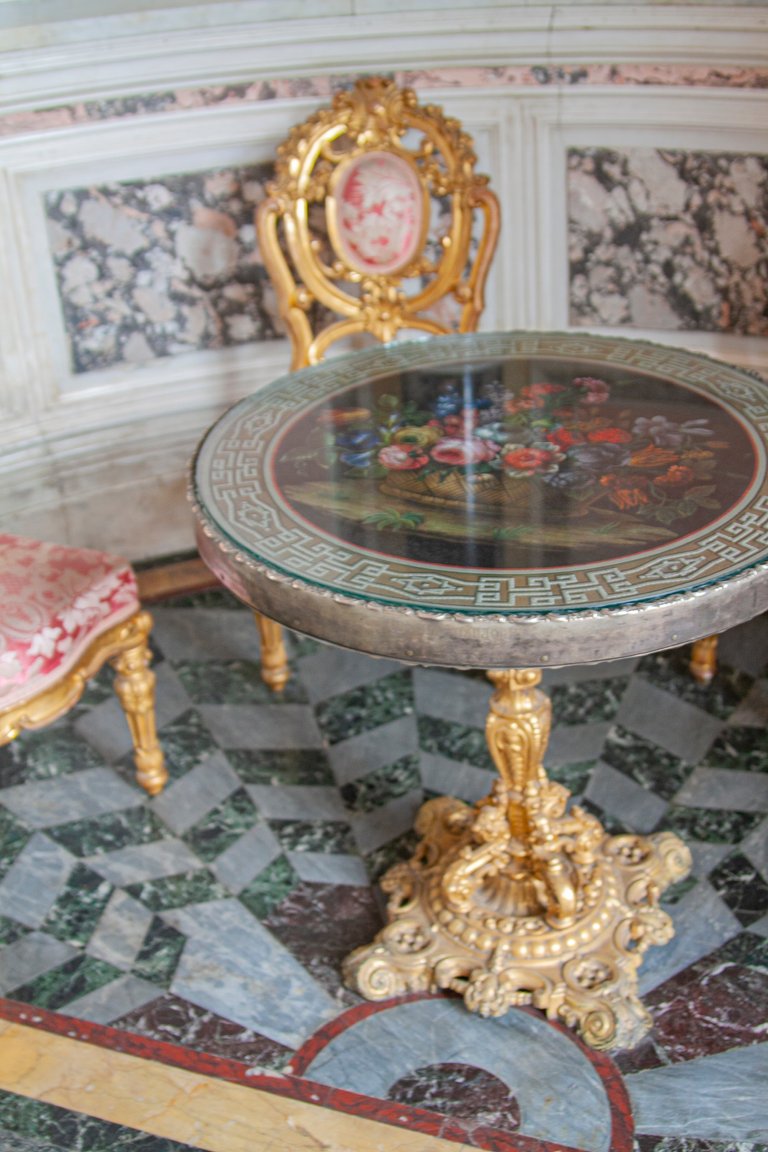
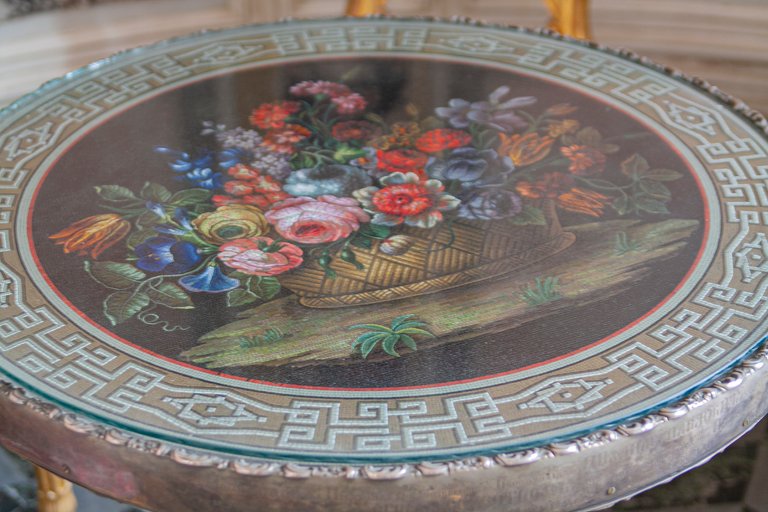
СПРАВКА ИЗ СЕТИ: В самом сердце Санкт-Петербурга, на берегу Невы, находится один из известнейших музеев мира Эрмитаж. Коллекция Эрмитажа берёт своё начало от собрания картин Екатерины Великой. Со временем в коллекции появились античные скульптуры, фарфоровая посуда, изделия из драгоценных камней. Все Российские императоры уделяли большое внимание его коллекции. В 1852 году принято решение открыть Эрмитаж для посещения. С этого времени любоваться удивительными экспонатами могут все желающие.

Если кто не знает историю возникновения флорентийских мозаичных панно, то вкратце я расскажу. Ещё со времён средневековья в Италии существовало множество мастерских, которые обрабатывали разноцветные камни, составляя из них всевозможные декоративные изделия.

Позже во Флоренции образовалась целая школа, которая довела подобное искусство до максимального совершенства. Для создания художественных панно мастера использовали натуральный и искусственный камень, декорируя свои изделия невероятно мелкими кусочками.
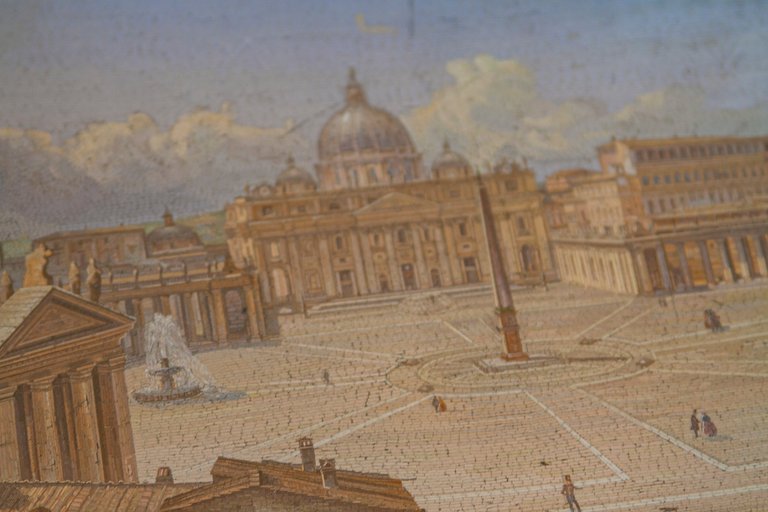
Работы флорентийцев были столь искусными, что при недостаточно хорошем зрении, у зрителя порой могло возникнуть ощущение, будто панно выполнены в технике масляной живописи.

После того, как картина из мелких камушков была набрана и закреплена на алебастровой или цементной основе, вся поверхность панно начисто полировалась. Потом такие панно вставлялись либо в столешницы, либо в элементы комнатного декора, каминов и так далее.
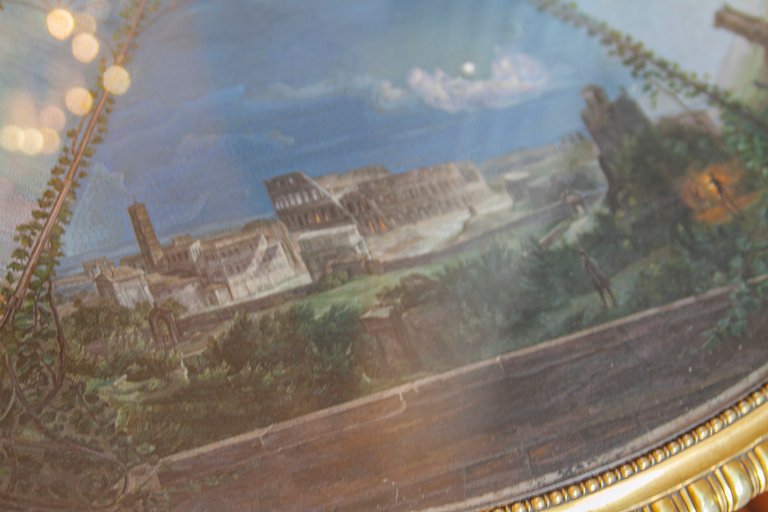
В Эрмитаже находятся примерно 12-15 столов и ещё некоторое количество разных других изделий, выполненных в технике флорентийской мозаики. К моей радости (как я ранее об этом молча мечтал) все (или почти все) столы тепрь выставили в одном большом зале, куда они прекрасно вписались своим стилем.
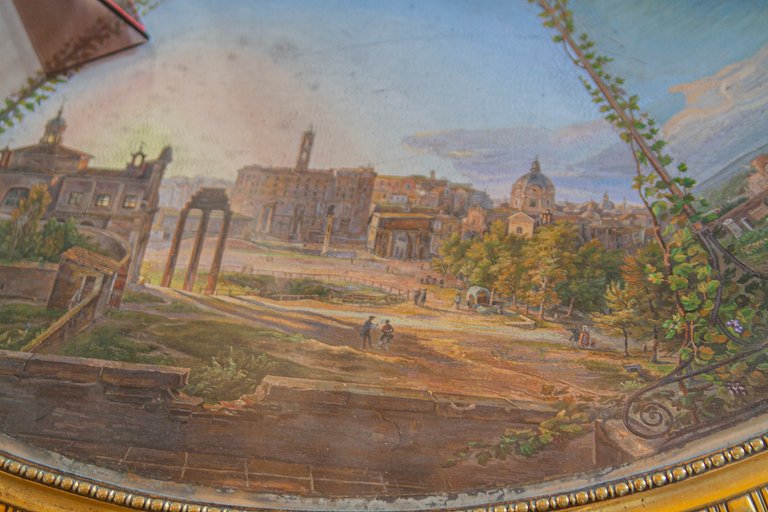
К сожалению, не все снимки столешниц и панно у меня вышли резкими. Виной тому недостаточное освещение в помещении, и слишком широкая диафрагма моего объектива. Однако даже на этих фотографиях можно разглядеть потрясающую детализацию флорентийских столов и панно.
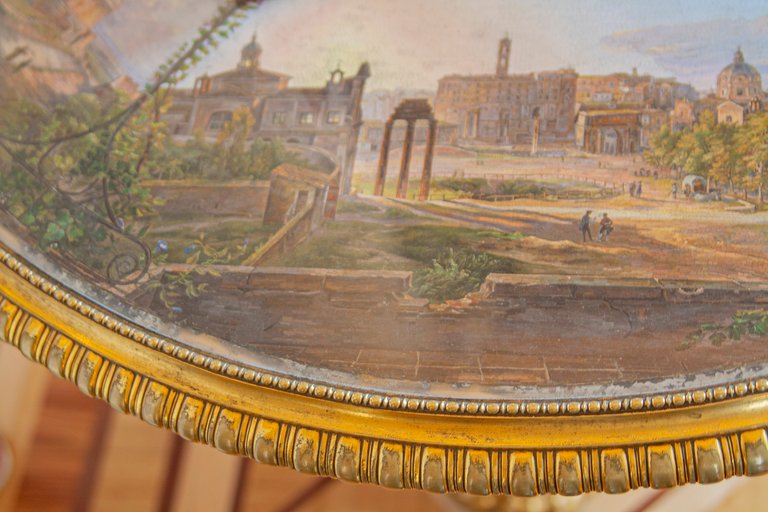
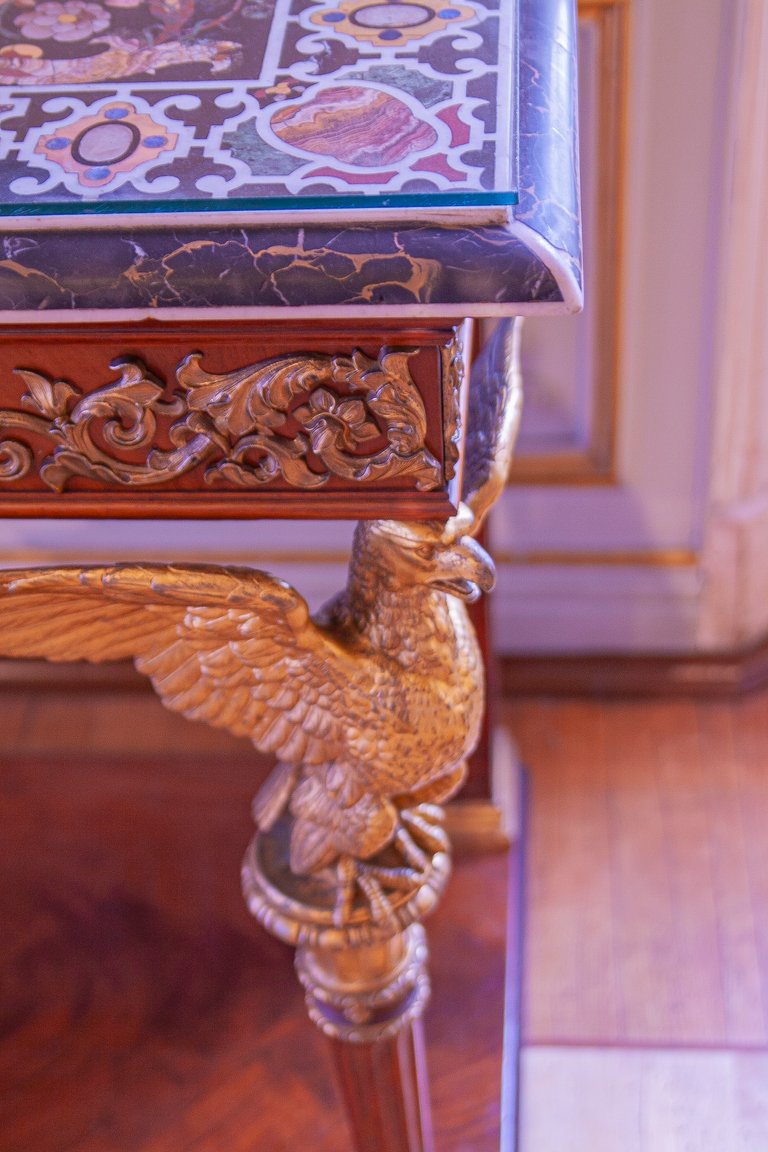
На этом у меня для вас всё на сегодня. Увидимся уже завтра, я продолжу рассказывать о своих впечатлениях от экскурсии по Петербургскому Эрмитажу. Всем пока!
